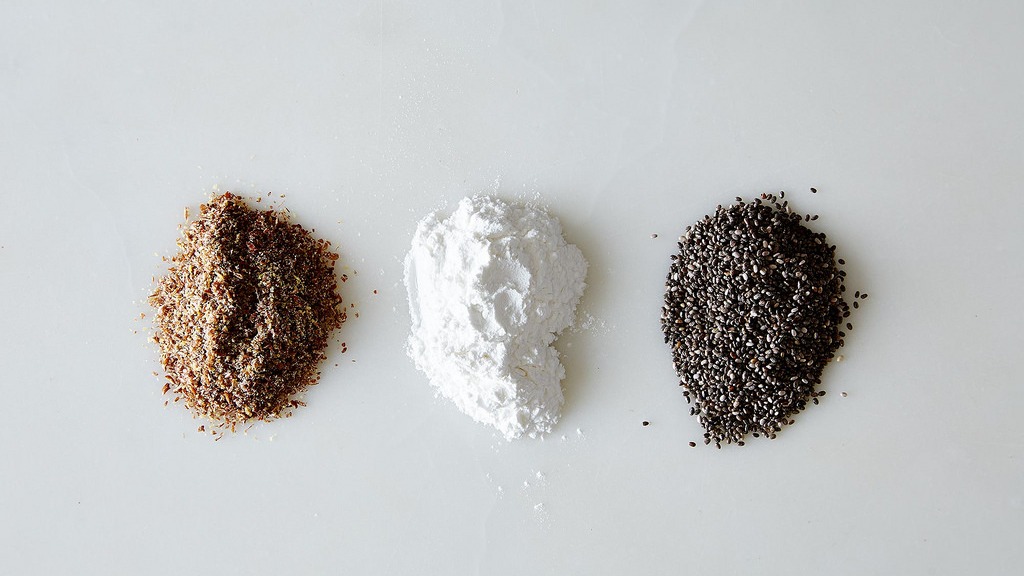There are many reasons why you might need to replace eggs in a recipe. You could be making a batch of cookies for a vegan friend or a birthday cake for a child with an egg allergy. Perhaps reducing a recipe size has left you needing less than one egg — or maybe you just ran out of eggs altogether. Fortunately, there are several simple substitutes that make it easy to cook without any eggs at all.
To determine the right egg replacer to use, first you have to know why the egg is in the recipe in the first place. Eggs can serve several functions, including:
- Binding: Eggs hold ingredients together and give food texture.
- Leavening: Eggs give lift to baked goods, which makes for a lighter texture.
- Moisture: When there are few or no other wet ingredients, eggs increase a recipe’s water content.
- Thickening: In recipes such as custards and crèmes, eggs lend density and creaminess.
- Color and flavor: Eggs contribute to the final taste and color of certain breads, pastas, and pastries.
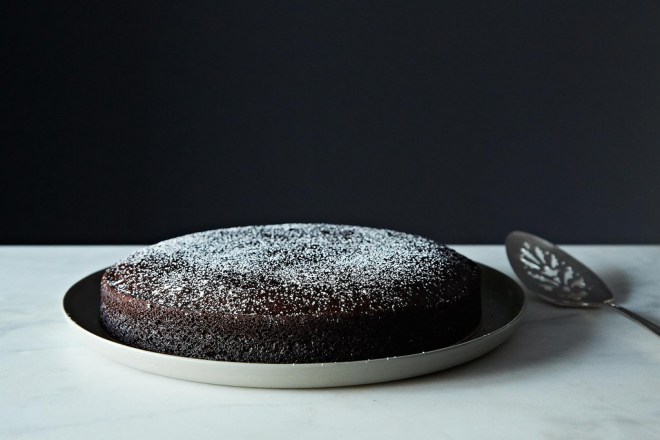
Vegan chocolate cake.James Ransom
Once you figure out what function the eggs fulfill in your recipe, you can choose an egg replacer that does the same thing. Here’s a rundown of the most common egg replacers and how to use them:
Ground flaxseed
Flax has a thick texture that mimics the viscosity of eggs. You’ll get the best result — and a better binding agent — if you purchase whole seeds and grind them as needed.
When to use it: Flax makes a great binder in dense and chewy baked goods. It works especially well in muffins, breads, and cookies, but may not be suitable for cakes and other lofty desserts. For one egg, use a fork or a blender to vigorously mix one tablespoon of ground flax with three tablespoons of water until thickened.
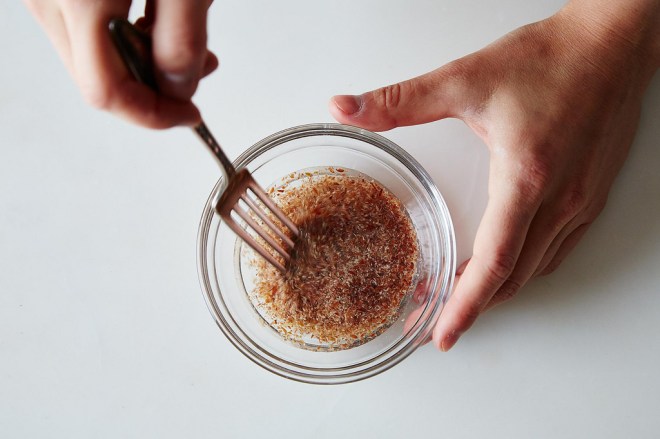
James Ransom
Commercial egg replacers
Ener-G and Bob’s Red Mill brands make powdered egg replacers from a combination of starches and thickeners. These are quick and easy egg substitutes to have on hand.
When to use them: Commercial replacers are best in baked goods that require leavening, but the starchy ingredients may leave behind a powdery taste. A great — and similarly effective — alternative is a DIY mix of vinegar and baking soda.
Vinegar and baking soda
These ingredients react with each other to form bubbles that expand during cooking to provide a light, fluffy texture.
When to use them: If you don’t have a commercial egg replacer on hand, use this mixture for leavening in baked goods, such as cakes and quick breads. For one egg, combine one teaspoon of baking soda with one tablespoon of white or apple cider vinegar.
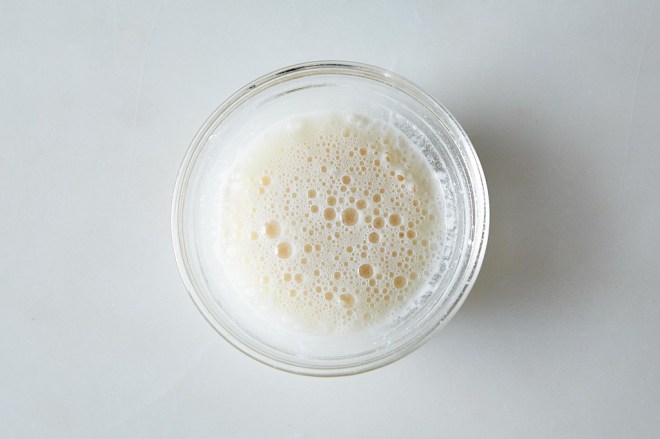
James Ransom
Silken tofu
This soft, smooth tofu adds a lovely texture to vegan baked goods. It also takes on the flavor of whatever it’s added to, so it won’t change the taste of a recipe.
When to use it: This egg replacer adds moisture and creates a richness that’s good for fudgy brownies, custardy pies, or thick cakes. However, using too much may impart a “beany” flavor. For one egg, whip one-quarter cup silken tofu in a blender or food processor until creamy.
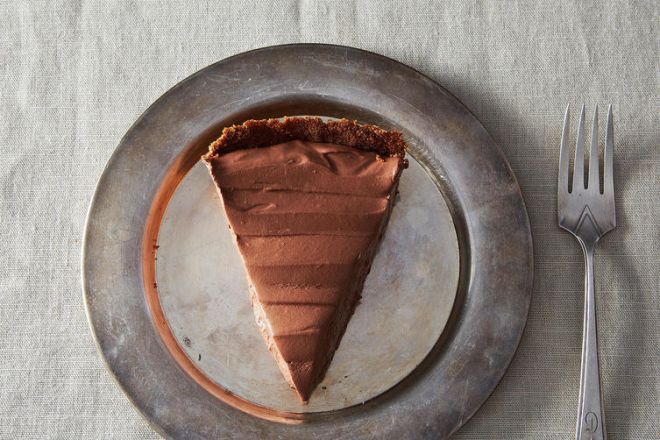
Silky chocolate (vegan) pie.James Ransom
Chia seeds
When mixed with water, chia seeds create a thick liquid that binds batter the same way eggs do.
When to use it: Like flax, chia works well in baked goods like cookies to provide a chewy texture. For one egg, finely grind one tablespoon of chia seeds in a spice grinder or with a mortar and pestle. Mix the seeds together with three tablespoons of water and let sit for five to 10 minutes until thickened. Whip with a whisk or fork before adding to your other ingredients.
Starches
Thickening agents such as xanthan gum, potato starch, arrowroot, cornstarch, kudzu, and agar can all be used in place of eggs.
When to use it: All of these starches work to bind and add texture to baked goods such as breads and cakes. They’re also just right for thickening custards and fillings. The ratio for one egg depends on the type of starch you use. For arrowroot, cornstarch, and potato starch, use two tablespoons for mixed with three tablespoons water. You can combine one tablespoon agar with one tablespoon water to replace egg white, too — it will even whip.
Mashed fruits or vegetables
Replacing eggs this way is a little trickier than other methods — getting the ratio right may require some trial and error. Fruits like bananas will impart their own flavor onto a recipe — which can be a lovely, subtle addition to otherwise simple recipes.
When to use them: In sweet baked goods such as brownies, muffins, and cakes, choose a mashed fruit without a strong flavor. In savory breads and muffins, try mashed vegetables (or bananas!). Avoid using this egg replacer in cookies; it will give them a puffy, cakelike texture. For one egg, use half of a banana, mashed; alternatively, use one-quarter cup unsweetened applesauce, one-quarter cup mashed potatoes, sweet potatoes, canned pumpkin, or canned squash.
